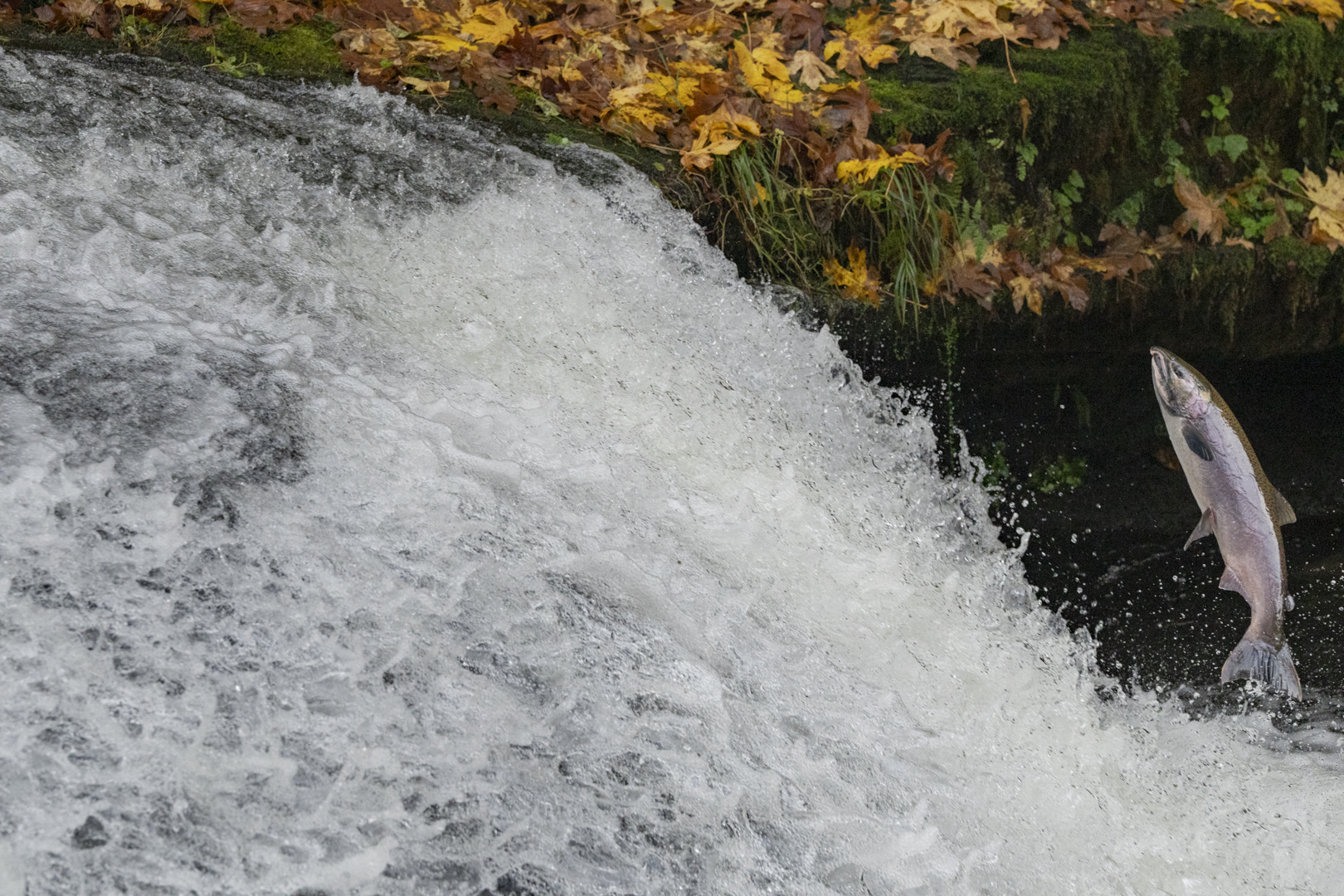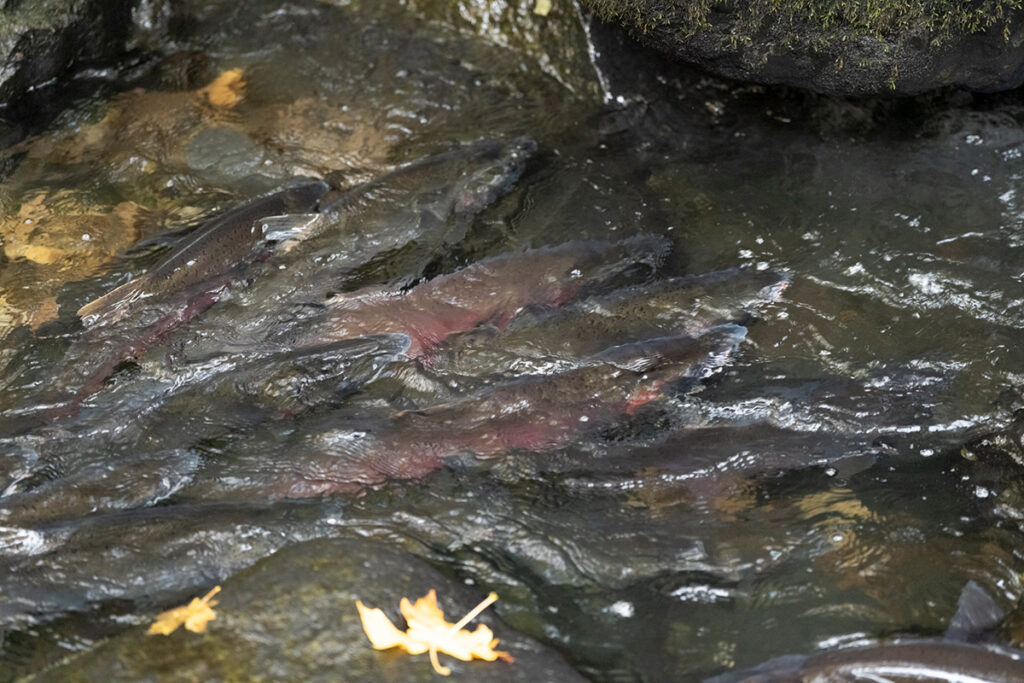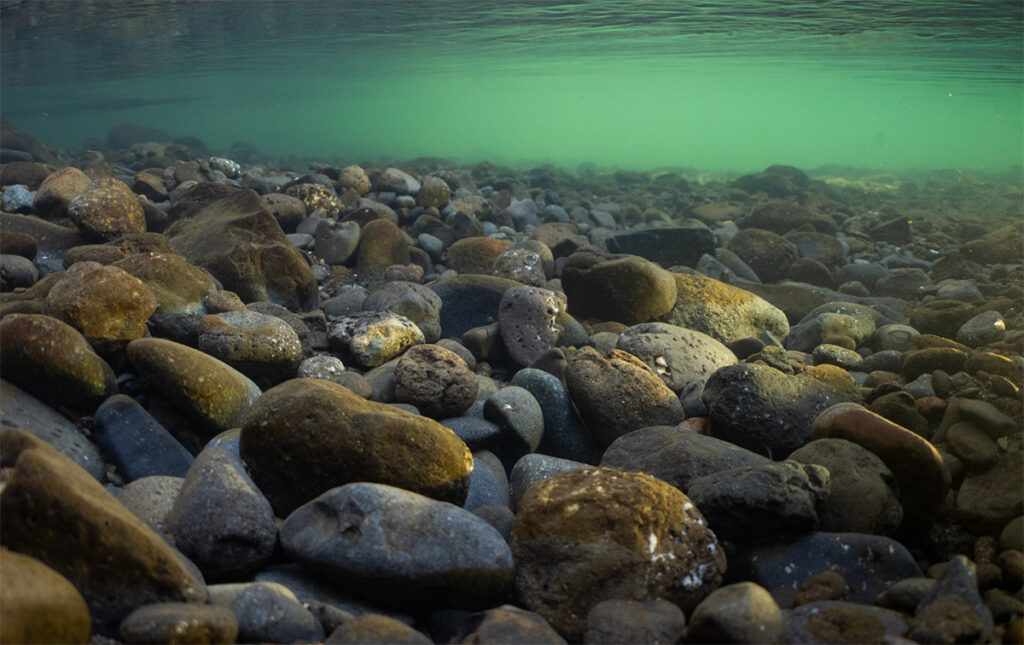
When you think of the work Wild Fish Conservancy (WFC) does, you might picture biologists in waders restoring a stream or lawyers in a courtroom fighting for clean water. But there is another critical, often invisible, front in the fight for wild fish: the public comment period.
Submitting public comments isn’t just filling out a simple online form. It’s a formal process where government agencies propose changes to public resource management—like setting fishing seasons or updating a statistical model—and organizations like ours are invited to submit a formal scientific and policy review.
Just this year, a few examples of the issues we’ve submitted public comments on includes:
You can view comments we’ve submitted on other issues by searching the Document Library on our website.
It is through the formal commenting process that the extensive experience of WFC’s scientists truly shines. Our team of biologists, statisticians, and ecologists dives deep into the technical weeds of a proposal. They run the numbers, check the assumptions, and cross-reference the agency’s logic against the best available science. The resulting “comment letter” is less an opinion piece and more of a peer-reviewed technical analysis.
Our ongoing engagement in the public comment process exemplifies our continuous advocacy for wild fish and their ecosystems. Though this work often goes unseen, it has a profound impact on the decisions that determine their future.
A recent comment letter we submitted to the Pacific Fisheries Management Council on the management of Oregon Coast (OCN) coho salmon is a perfect example. It highlights a common and dangerous trap in resource management: getting the small details right while ignoring a fundamentally broken system.

Figure 1: Coho return to small, wadeable streams of the Oregon Coast. Photo by Conrad Gowell.
The immediate issue was a technical one. Due to budget cuts, Oregon has lost 50% of its key Life Cycle Monitoring sites for OCN coho. With this missing data, managers needed a new way to forecast marine survival—a critical number used to set harvest rates.
Their solution is a statistical method called MARSS (Multivariate Autoregressive State-Space) modeling.
Our science team reviewed the methodology and agreed. It’s a “technically sound” and “superior” approach that leverages 26 years of correlated data to make the best possible guess. We support its adoption.
But this is where our agreement ends. We are now using highly sophisticated, 21st-century statistics to prop up a management framework built on 1990s-era assumptions that are “fundamentally incompatible with conserving threatened coho salmon.
The current management plan, known as Amendment 13 (A13), is the real problem. The new MARSS model is like using a supercomputer to aim a catapult. The math might be precise, but the tool itself is primitive and misses the target. Our comment letter identified four critical flaws.
1. It Assumes All Habitat is Equal. The A13 framework is based on a “full seeding” concept that aims for a uniform number of “spawners per mile. This is a “biological fallacy”. It treats a pristine, complex, and restored stretch of river as equal to a degraded, channelized ditch. It completely ignores the decades of research showing that habitat quality—especially in critical estuary nurseries—is what actually drives survival and productivity.
2. It Ignores Nature’s “Portfolio Effect.” The plan doesn’t monitor or protect life history diversity. Research by Dr. Dan Bottom and others has shown that coho survive by using a “portfolio” of strategies—some go to sea as fry, some as smolts, and some rear in estuaries. This diversity is what makes a population resilient to a changing environment. The current system manages for a single, aggregate number, ignoring the very resilience that is key to climate adaptation.
3. It Fails in Mixed-Stock Ocean Fisheries. The plan allows for “mixed-stock” fisheries in the ocean, where fish from dozens of different rivers—some healthy, some declining precipitously—are harvested simultaneously. This makes stock-specific conservation impossible.
4. It Doesn’t Credit Restoration. Hundreds of millions of dollars have been invested in habitat restoration on the Oregon coast. This work should increase the productivity and capacity of these rivers. Yet, the A13 management plan has no mechanism to account for this. It manages rivers as if this work never even happened.

Figure 2: Empty gravel goes unused in high-quality habitat when not enough coho return. Photo by Conrad Gowell.
This isn’t a theoretical problem. This broken framework has already had catastrophic consequences. Look no further than the Umpqua River, where wild coho populations have collapsed.
The A13 system failed to prevent it. Because the framework operates at a “coarse” and “aggregate” scale, it looked at the entire South-Central region of the Oregon coast. While other populations in the region were doing better, the Umpqua was crashing—but the system wasn’t designed to see it.
The result? Ocean fisheries continued, harvesting Umpqua coho alongside healthier stocks, kicking a population when it was already down.
The final, tragic irony? The one monitoring site that would have given managers the specific data to understand this collapse—the Winchester Creek Life Cycle Monitoring site in the Umpqua basin—was one of the three sites shut down due to budget cuts in 2025. As we stated in our comment letter, managing a “crashed population without direct monitoring is unconscionable”. The Umpqua is a “sobering case study” and an “empirical demonstration” that the current system is undermining recovery efforts.

Figure 3: Oregon Coast coho returning to spawn. Photo by Conrad Gowell.
The Umpqua collapse proves that we cannot continue to polish a broken tool. Wild Fish Conservancy’s comment letter provides a clear, science-based path to reform.
1. Test the System (Immediately). We are calling for a comprehensive Management Strategy Evaluation (MSE). This is a simulation method—a “stress test”—that models the entire management system to see if it can actually achieve its conservation goals under real-world uncertainty and climate change. Prior data can be used to simulate how alternate management regimes may have played out while future management options that serve our goals may be revealed.
2. Use the Data We Actually Have. Stop relying on simplistic “spawners-per-mile” proxies. We have 26 years of rich, population-specific spawner-recruit data. We must use this empirical data to build new models that reflect the actual productivity and capacity of each individual river.
3. Fish Smarter. We must begin a transition away from mixed-stock ocean fisheries and toward terminal fisheries. This means harvesting the majority of fish closer to, or within their home rivers, where managers can get real-time data on abundance. This approach allows for the harvest of healthy, abundant populations while allowing fish from weak stocks—like the Umpqua—to safely spawn.
Adopting a new statistical model is fine, but it’s a footnote. The real story is the urgent need to reform a management system that ignores modern science, fails to protect diversity, and has already overseen the collapse of a major coho population.
The science is clear. The data exists. The Umpqua tragedy has shown us the cost of inaction. It is time to build a management system that is worthy of the wild fish it’s supposed to protect.
Featured Image: Oregon Coast coho jumping up a waterfall during its upstream migration. Photo by Conrad Gowell.